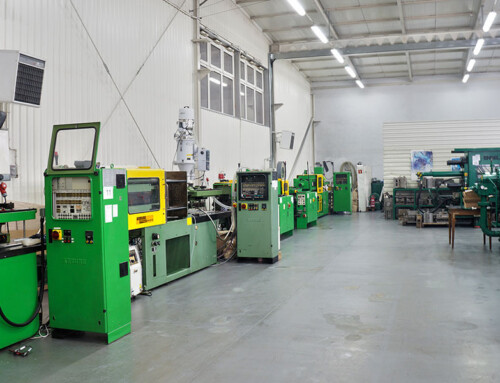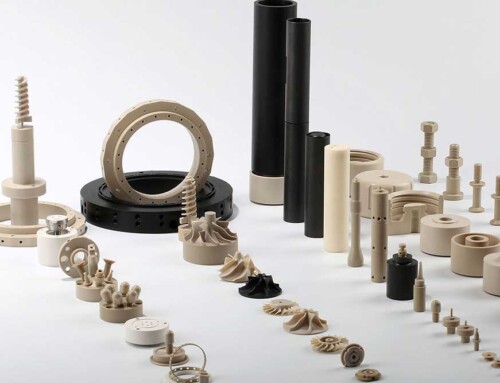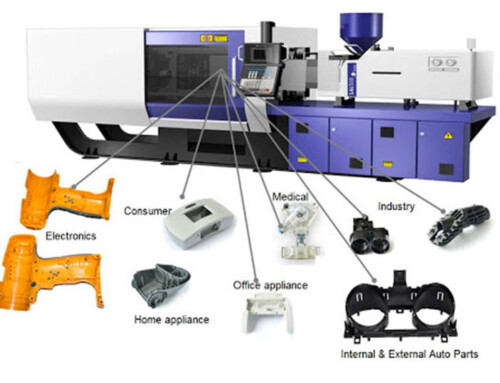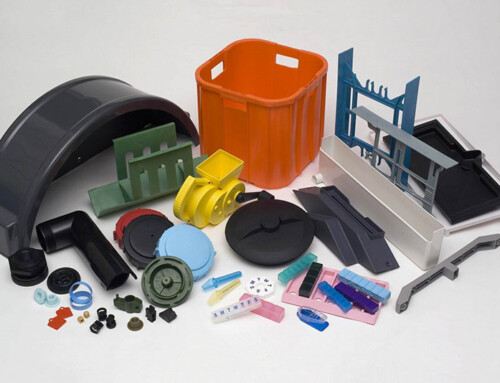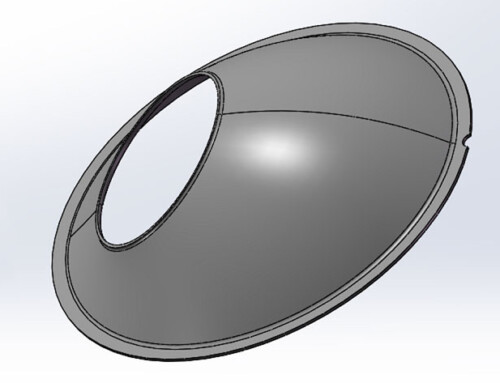Many customers who choose plastic injection molding find themselves faced with a broad range of terminology that may be unfamiliar. Holly selects some most commonly used glossary in the plastic injection molding industry, which helps you to define the most common terms used in the industry. You can also download the completed list to view all the plastic injection molding terminology.
Completed List for Injection Molding Glossary
Additive: A substance that is mixed into a resin to improve or enhance certain properties.
Annealing: A metal hot processing technique for obtaining desired mechanical properties, physical properties, and chemical properties by means of heating, insulation, and cooling.
Alloy: Composite material consists of blending polymer or copolymer with other polymer or elastomer, to get better properties, such as PC/ABS.
Barrel: The section of the injection molding machine, where plastic resin heating and mixing.
Blister: A defect on the part surface caused by air bubbles or gas.
Cavity: A concave cavity plate that creates the outer surface of the plastic part.
Clamp: The part that holds the mold closed during the injection molding process.
Cold Slug: A surface defect caused by impurities or heating improperly.
Colorant: In the process of plastic materials processing, as a kind of raw materials, it plays a role in beautifying, decorating, facilitating the identification, improving weather resistance, improving mechanical properties, and improving optical performance.
Compression molding: A technique of molding in which the powdery, granular plastic is placed in the heated mold cavity, then the mold is closed and pressurized to form and cure.
Copolymer: Polymer formed by the polymerization of two or more monomers.
Core: A convex cavity plate that creates the inner surface of the plastic part.
Corona treatment: A kind of electric shock treatment, which makes the surface of the substrate has higher adhesion.
Crazing: A defect caused by over tensile stress, resulting in local plastic deformation, grooves, or cracks.
Creep: When a polymer material is subjected to a constant load at a certain temperature, it will be deformed at a rapid rate and then deformed indefinitely at a slow rate. If the load is high enough, the deformation will continue to break for this purpose. Under the condition that the temperature and load are constant, the time-dependent nature of the deformation is called the creep property.
Cure: The process of changing the characteristics of plastic to be stable and hardened.
Cycle: The total time of plastic injection molding machine to complete a plastic part. In a molding cycle, the injection device and the moving parts of the mold clamping device are sequentially actuated in a predetermined sequence.
Charge: The weight of plastic material should be filled in the mold
Degassing: Opening and Closing of a mold which lets the gas escape, avoid generating defects, such as bubbles and insufficient fill.
Dimensional Stability: The capacity of plastic parts to maintain the exact shape.
Draft: A slight degree of taper in a side wall designed to facilitate separation of the plastic parts from the mold.
Ejector Pin: Metal rod which pushes the molded part off of the mold.
Elastic Memory: The tendency of plastics to revert to the former sizes and shapes.
Family Mold: A multiple cavities mold that can produce non-identical parts.
Finish: The surface texture of the finished part.
Flash: Extra material that is attached to mold parting line or seam.
Flow Marks: Scraggly wavy surface on part caused by the improper flow of melt material into the mold.
Gate: The orifice through which the molten plastic is forced from the runner into the cavity.
Hot-Runner Mold: A mold uses a heating device to keep the melt material be hot in the runner and avoid be solidifying.
Impact Resistance: The resistance ability of plastic to avoid fracture when under a high speed.
Injection Molding: Under a certain temperature, the molten plastic material is stirred by the screw, injected into a mold cavity with high pressure, after cooled and solidified, formed plastic part. This method is suitable for the mass production of complex-shaped parts and is one of the most important processing methods for producing plastic parts.
Insert A detachable or interchangeable part of the mold. It is also metal or other material that can be an integral part of the plastic part, inserted into the plastic part.
Jig: The device for holding parts and guiding the tool.
Knockout Pin: A pin, or rod which pushes the molded part from the mold.
Masterbatch: One kind of colorant, coloring or transmit other properties to plastic parts, such as antistatic, UV resistant, flame retardant.
Mold: A hollow form in which the plastic material is injected and gives the part the final shape.
Mold release: Also called release agent, a lubricant between mold and finished product, it makes the molded plastic part separated from the mold easily, and makes the part surface smooth and clean.
Nozzle: The hollow metal hose screwed into the end of the barrel, which molten plastic is injected into the mold.
Orange Peel: A dotted or rough surface finish, caused by moist mold cavity, or bad heat transferability.
Parting Line: A line on a finished part when the two halves of the mold closed together.
Resin: Broadly speaking, any polymer compound that can be used as a raw material for processing plastic products is called a resin.
Shot: One complete cycle of the injection molding machine.
Shrinkage: The percentage of the dimensional difference, between the size of the plastic part at the molding temperature and after it is removed from the mold and cooled to room temperature.
Thermoplastic: The property of plastic can be softened by heat and hardened by cooled, regardless of how many times heating and cooling are repeated.
Thermoset: Only in first heating can soften and flow, heat to a certain temperature be cured, this change is irreversible, henceforth, it can no longer become soft and fluid when heated again.
Undercut The area that interferes with the parting direction, this situation needs to design an undercut handling system, such as slider, lifter.
Weld Line: Where two flow fronts meet during molding and occurs a line on the part which may cause part breaking.

